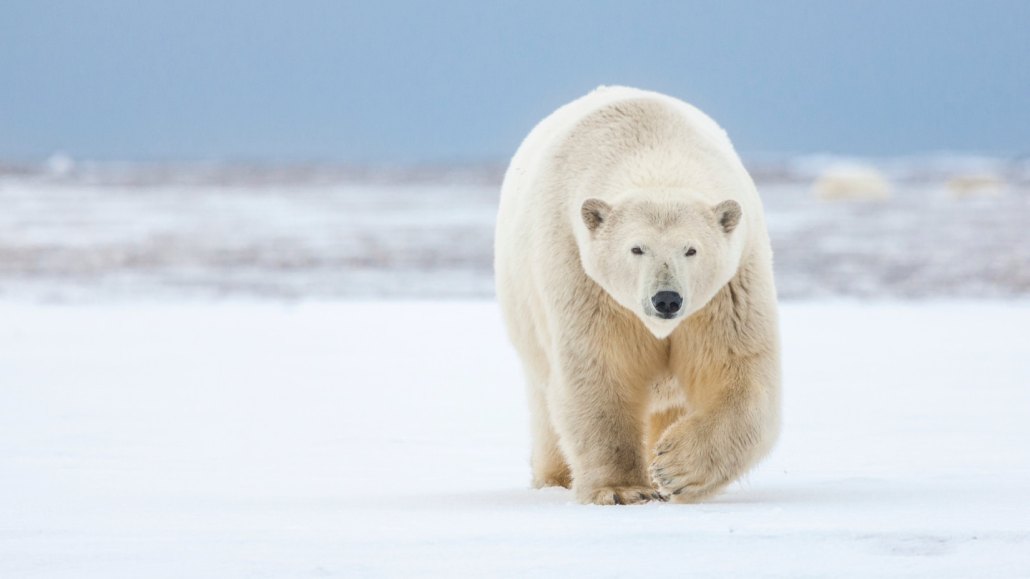A fiber inspired by polar bears traps heat as well as down feathers do
The fiber’s porous core and waterproof sheath prevent heat loss

Polar bear fur inspired the creation of a new knittable heat-trapping fiber.
Patrick J. Endres/Corbis Documentary/Getty Images








